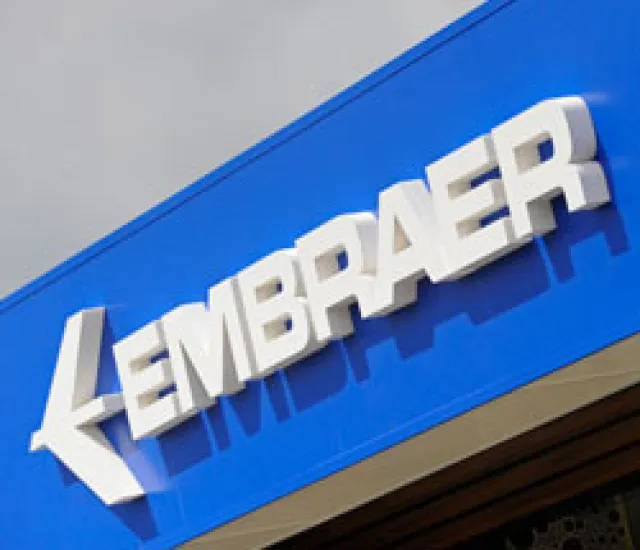
Is Brazil's Embraer Ready To Take On Boeing
Embraer is Brazil’s biggest exporter of industrial products and the only emerging-markets enterprise to break into the top ranks of aircraft manufacturing. Embraer is the world's third-largest maker of commercial airplanes by sales and when the sales mix includes business jets, it ranks fourth.
Jonathan Kandell
July 25, 2011


